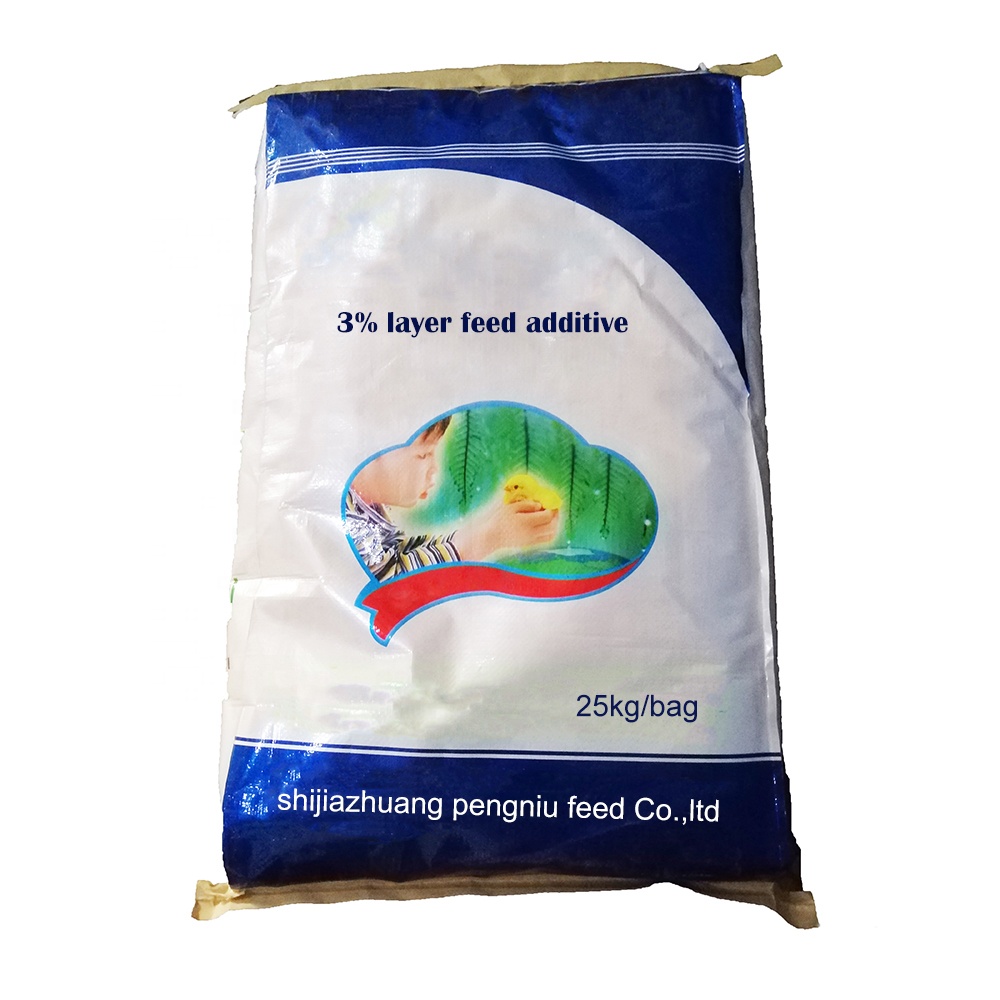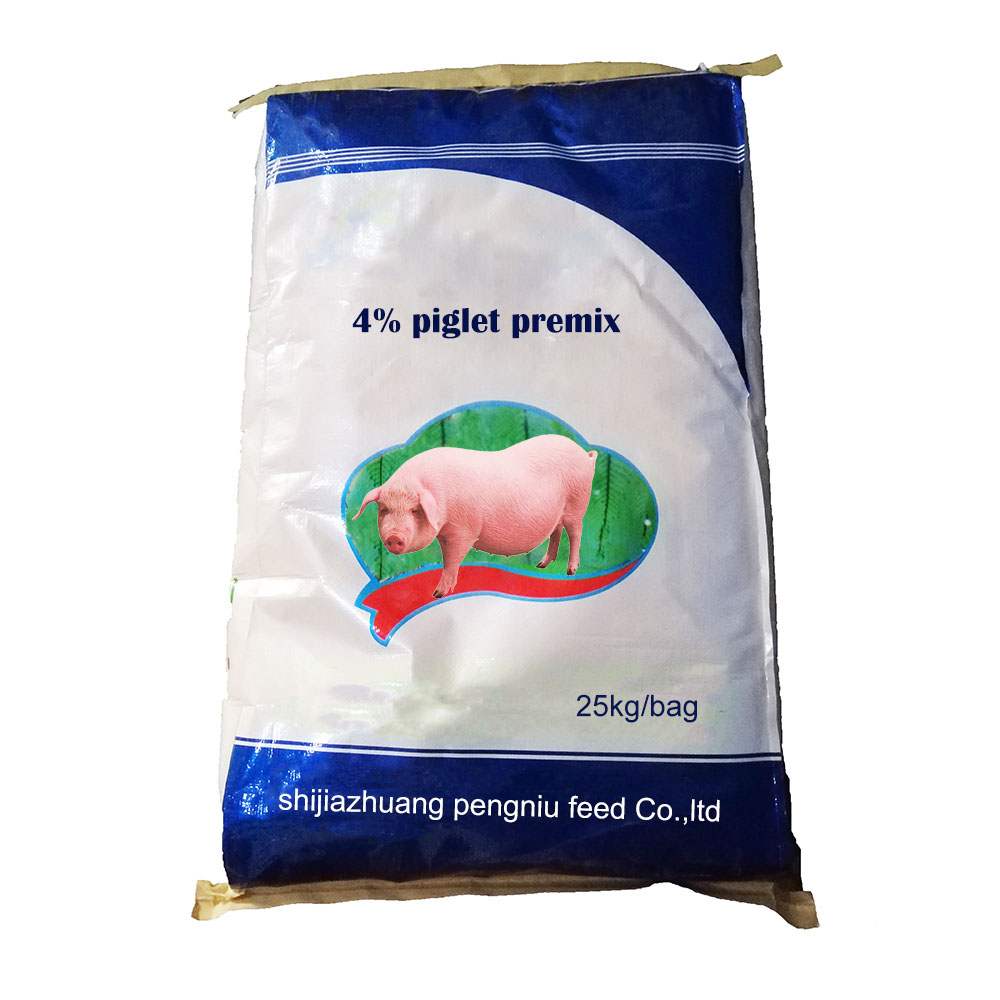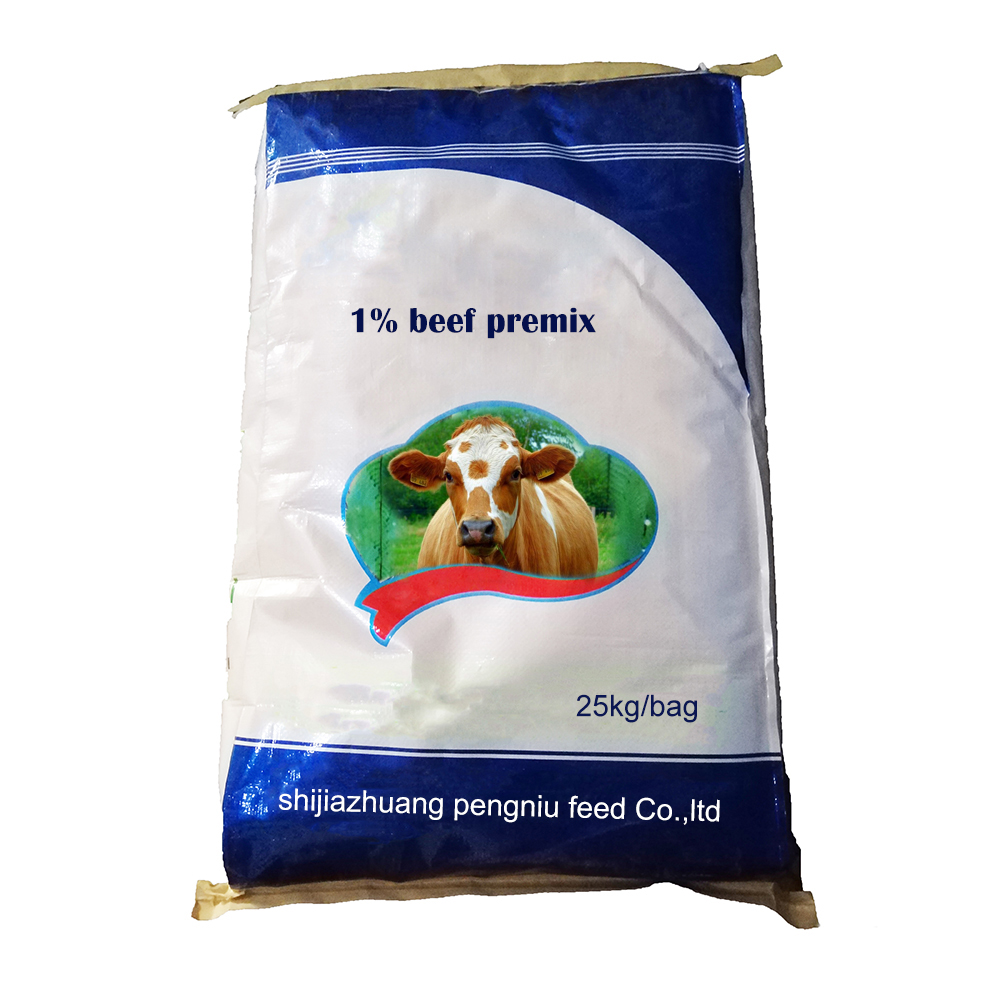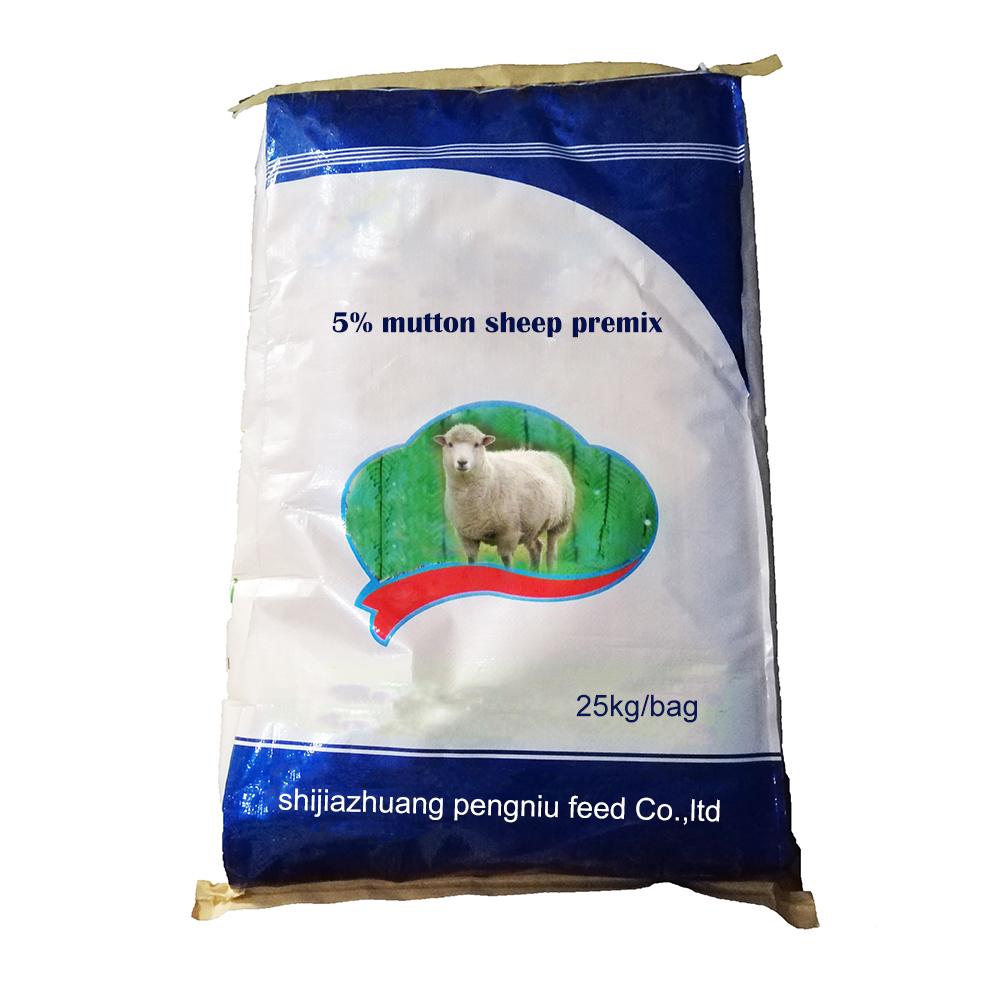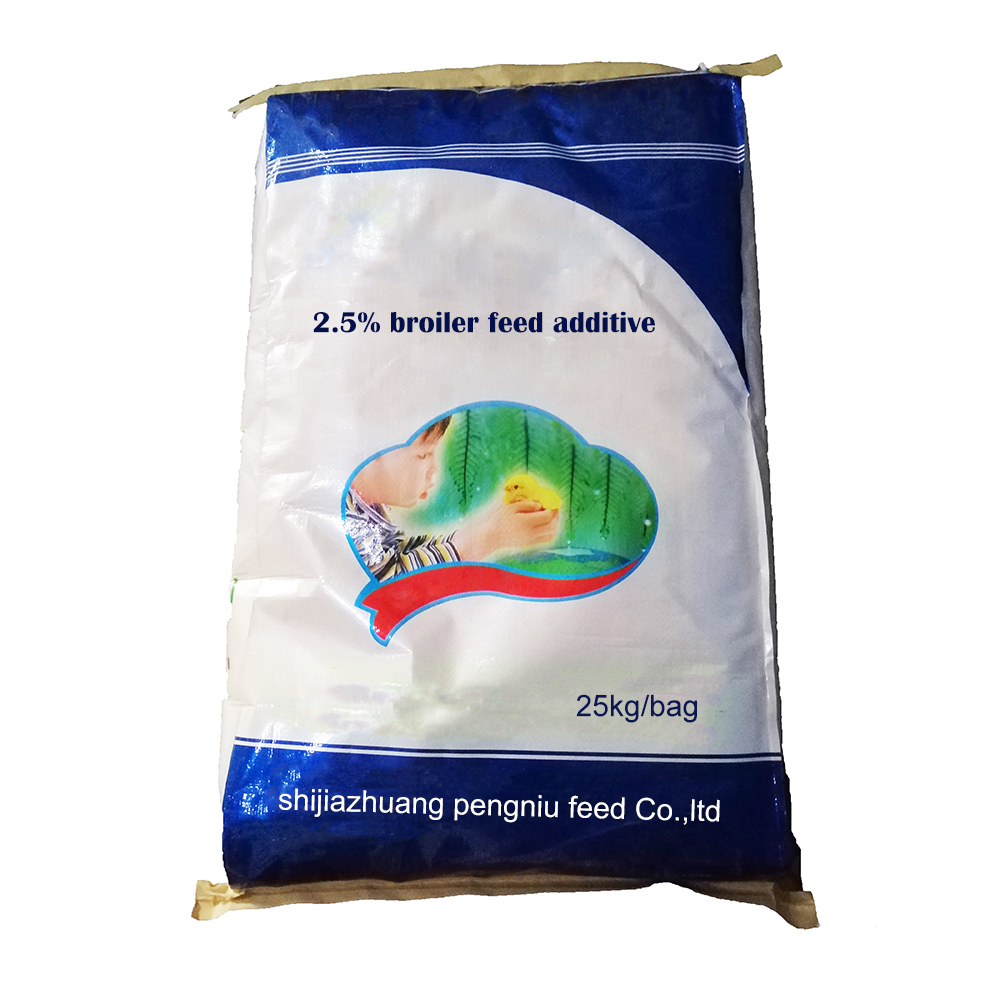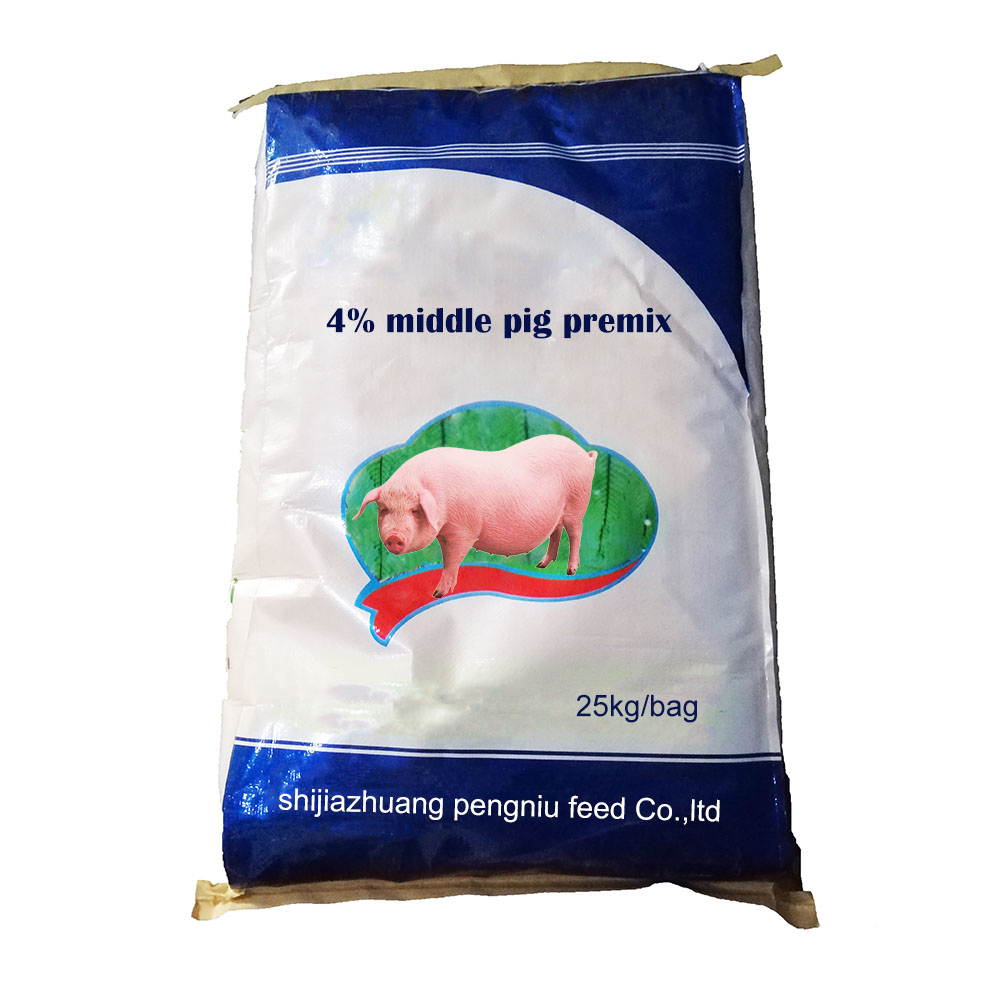Advancing Veterinary Therapeutics: The Critical Role of Oxytetracycline 20% Injection
In the dynamic landscape of animal health, the effective management of bacterial infections remains a paramount challenge for veterinarians and livestock producers. Addressing this need, oxytetracycline 20 percent injection stands out as a cornerstone broad-spectrum antibiotic. Its robust efficacy against a wide array of Gram-positive and Gram-negative bacteria makes it indispensable in treating common ailments across various animal species. This detailed exposition aims to provide B2B decision-makers and technical personnel with a comprehensive understanding of its industry relevance, technical specifications, manufacturing precision, and diverse application benefits, emphasizing its role in sustainable animal welfare and productivity.
Industry Trends and Market Dynamics in Animal Health Antibiotics
The global animal health market is experiencing significant growth, driven by increasing demand for animal protein, evolving livestock management practices, and a heightened focus on disease prevention and control. Within this sector, the market for veterinary antibiotics, including essential compounds like oxytetracycline 20, continues to expand. Key trends include a push towards more sustainable and responsible antibiotic use, the development of long-acting formulations such as oxytetracycline 20 LA to improve compliance and reduce handling stress, and an increasing emphasis on robust quality control measures in pharmaceutical manufacturing. Data from industry reports indicate a steady compound annual growth rate (CAGR) for the global animal antibiotics market, projected to reach over USD 5 billion by 2028. This growth underscores the persistent need for reliable, effective, and ethically produced antimicrobial solutions to safeguard animal health and agricultural economies. Manufacturers are continuously investing in R&D to optimize drug delivery, enhance bioavailability, and ensure compliance with stringent international regulatory standards.
Technical Parameters and Product Specifications of Oxytetracycline 20% Injection
Understanding the precise technical parameters of oxytetracycline 20 percent injection is crucial for optimal therapeutic outcomes. This formulation delivers 200 mg of oxytetracycline per milliliter, providing a concentrated dose for effective treatment. Its broad-spectrum efficacy covers various bacterial pathogens, including Pasteurella multocida, Mannheimia haemolytica, Bordetella bronchiseptica, and many Mycoplasma species, making it highly versatile. The pharmacokinetics of oxytetracycline 20 injection typically show peak plasma concentrations within 4-6 hours post-administration, with therapeutic levels maintained for approximately 48-72 hours, depending on the animal species and formulation (e.g., standard vs. long-acting).
Precision Manufacturing and Stringent Quality Control of Oxytetracycline 20
The production of high-quality oxytetracycline 20 injection involves a meticulously controlled pharmaceutical manufacturing process, adhering to Good Manufacturing Practices (GMP) established by regulatory bodies like the FDA, EMA, and local veterinary medicine authorities. The process typically begins with the fermentation of Streptomyces rimosus to produce oxytetracycline. This raw material then undergoes a rigorous purification process, including extraction, crystallization, and drying, to achieve the desired purity levels, often exceeding 98%. Following purification, the active pharmaceutical ingredient (API) is formulated into the injectable solution, involving precise dissolution, pH adjustment, and the addition of excipients that enhance stability and bioavailability.
Sterilization is a critical step, often achieved through aseptic filtration or terminal sterilization, to ensure the product is free from microbial contamination. Throughout the entire manufacturing chain, continuous quality control (QC) testing is implemented. This includes raw material inspection, in-process checks (e.g., pH, concentration, particulate matter), and final product release testing. Analytical methods employed include High-Performance Liquid Chromatography (HPLC) for potency and purity, gas chromatography for residual solvents, Karl Fischer titration for moisture content, and bacterial endotoxin tests. Adherence to pharmacopoeial standards such as USP (United States Pharmacopeia), BP (British Pharmacopoeia), and EP (European Pharmacopoeia) is non-negotiable, guaranteeing that each batch of oxytetracycline 20 injection meets the highest standards for safety, efficacy, and consistency.
Diverse Application Scenarios Across Animal Health Sectors
Oxytetracycline 20 percent injection is a versatile antimicrobial solution with widespread application across various animal health sectors, playing a pivotal role in maintaining the health and productivity of livestock, poultry, and even aquaculture. In cattle, it is frequently used to combat bovine respiratory disease (BRD) complex, anaplasmosis, foot rot, leptospirosis, and bacterial enteritis. Its broad spectrum is particularly beneficial in managing multi-factorial disease outbreaks. For swine, it addresses conditions such as swine pneumonia, erysipelas, atrophic rhinitis, and bacterial enteritis, contributing significantly to herd health management in intensive farming systems.
In poultry, while less commonly injected, specialized formulations might be used for severe systemic infections, though oral routes are more typical. However, the active ingredient, oxytetracycline, is vital in controlling chronic respiratory disease (CRD) caused by Mycoplasma gallisepticum. Beyond traditional livestock, oxytetracycline 20 injection finds critical applications in aquaculture, particularly in controlling bacterial diseases like furunculosis in salmonids and vibriosis in shrimp and finfish, which can cause significant economic losses. Its efficacy in various challenging environments underscores its adaptability and continued importance in veterinary medicine, making it a reliable choice for veterinarians facing diverse clinical presentations.

Technical Advantages and Efficacy: Oxytetracycline 20 vs. LA Formulations
The primary technical advantage of oxytetracycline 20 lies in its well-established broad-spectrum efficacy and its ability to achieve effective therapeutic concentrations rapidly. As a bacteriostatic antibiotic, it inhibits bacterial protein synthesis, thereby controlling bacterial growth and allowing the animal's immune system to clear the infection. Its effectiveness against a wide range of common veterinary pathogens, including those responsible for respiratory, gastrointestinal, and systemic infections, makes it a first-line treatment for numerous conditions.
A key differentiation exists between standard oxytetracycline 20 injection and its long-acting (LA) counterpart, oxytetracycline 20 LA. While the standard formulation provides rapid peak concentrations suitable for acute infections requiring immediate intervention and daily dosing, the LA formulation is designed for sustained release. This means that a single dose of oxytetracycline 20 LA can maintain therapeutic drug levels for up to 3-5 days, significantly reducing the frequency of injections. This translates to reduced animal stress, less labor for farmers, and improved compliance, especially in large herds. The LA formulation often achieves a more consistent blood level profile, which can be advantageous for certain chronic or widespread infections. The choice between standard and LA formulations depends on the specific clinical indication, the desired dosing frequency, and the management practices of the farm, highlighting the versatility of oxytetracycline in veterinary pharmacotherapy.
Tailored Solutions and Proven Application Cases
Recognizing that every veterinary challenge is unique, leading manufacturers offer bespoke solutions involving oxytetracycline 20 to meet specific farm, herd, or individual animal needs. This customization can range from adjusting packaging sizes for different operational scales to providing detailed veterinary support for optimal dosage regimens based on local pathogen resistance patterns and prevailing environmental conditions. For instance, in a large dairy farm grappling with recurrent mastitis caused by Streptococcus agalactiae, a tailored treatment protocol using oxytetracycline 20 injection as part of a comprehensive disease management program, including improved hygiene and vaccination, led to a 30% reduction in new clinical mastitis cases within six months.
Another notable application case involved a swine production unit facing a persistent outbreak of Mycoplasma hyopneumoniae. Implementing a strategic intervention plan using oxytetracycline 20 LA significantly reduced clinical signs, improved average daily gain (ADG) by 15%, and decreased mortality rates by 10% compared to previous conventional treatments. These real-world applications underscore the flexibility and efficacy of oxytetracycline 20 when integrated into well-planned health strategies, emphasizing not just the product's quality but also the manufacturer's capability to provide comprehensive technical support and practical solutions for complex veterinary issues.
Ensuring Trust: Quality Assurance, Certifications, and Customer Support
Trust in pharmaceutical products, especially in the B2B sector, hinges on demonstrable quality, compliance, and reliable support. Manufacturers committed to excellence ensure that their oxytetracycline 20 products adhere to the highest international standards, including ISO 9001 for quality management systems and stringent GMP (Good Manufacturing Practices) certifications from global regulatory bodies such as the FDA (United States Food and Drug Administration), EMA (European Medicines Agency), and local veterinary drug administrations. These certifications are backed by comprehensive audit trails, robust documentation, and continuous validation processes, providing a transparent assurance of product integrity.
Beyond certifications, reputable suppliers offer extensive customer support, including technical assistance from veterinary experts, detailed product information, and guidance on responsible antibiotic use. Our commitment extends to clear communication regarding delivery cycles, ensuring timely and secure distribution, and comprehensive quality assurance programs that stand by every batch. This includes transparent batch traceability and readily available Certificates of Analysis (CoA). Through this multifaceted approach—combining regulatory compliance, proactive customer engagement, and unwavering product quality—we foster enduring partnerships built on reliability and mutual success, ensuring veterinarians and producers have full confidence in every dose of oxytetracycline 20 injection.
Frequently Asked Questions (FAQ)
-
Q: What is the primary advantage of oxytetracycline 20% injection over other antibiotics?
A: Its broad-spectrum activity against a wide range of Gram-positive and Gram-negative bacteria, along with its efficacy against Mycoplasma, Rickettsia, and Chlamydia, makes oxytetracycline 20 a highly versatile and effective choice for many common veterinary infections.
-
Q: How does the withdrawal period for oxytetracycline 20% injection impact livestock management?
A: The withdrawal period, which varies by species and local regulations (e.g., 28 days for meat, 7 days for milk), is crucial for food safety. Animals must not be slaughtered or their products consumed during this period to ensure no drug residues are present in the food chain. Adherence to these guidelines is paramount for regulatory compliance and consumer safety.
-
Q: What quality certifications should I look for when sourcing oxytetracycline 20% injection?
A: Prioritize suppliers with GMP (Good Manufacturing Practices) certification from recognized authorities (e.g., FDA, EMA), ISO 9001, and adherence to pharmacopoeial standards like USP, BP, or EP. These certifications guarantee product quality, consistency, and safety.
-
Q: Can oxytetracycline 20% injection be customized for specific farm needs?
A: While the formulation of oxytetracycline 20 is standardized for efficacy, leading manufacturers can offer customized support in terms of packaging, delivery schedules, and technical consultation for optimal dosage and application strategies tailored to a farm's specific disease challenges and management practices.
Conclusion: A Cornerstone in Modern Veterinary Medicine
In summary, oxytetracycline 20 percent injection continues to be a vital therapeutic agent in the arsenal of veterinary medicine. Its proven broad-spectrum efficacy, combined with advancements in formulations like oxytetracycline 20 LA, addresses critical needs in animal health management across diverse sectors. From rigorous manufacturing processes adhering to global GMP standards to its versatile application in combating bacterial diseases in cattle, swine, and aquaculture, this antibiotic offers a reliable and cost-effective solution. For B2B stakeholders, understanding its technical depth, application advantages, and the comprehensive support from reputable manufacturers is key to making informed decisions that safeguard animal welfare and ensure sustainable agricultural productivity. As the industry evolves, the role of well-understood and responsibly used antimicrobial agents like oxytetracycline 20 remains indispensable.
References
- United States Pharmacopeia (USP). USP 43–NF 38. United States Pharmacopeial Convention; 2020.
- British Pharmacopoeia (BP). British Pharmacopoeia 2022. The Stationery Office; 2022.
- European Medicines Agency (EMA). Veterinary Medicinal Products. EMA; Ongoing Publications.
- Food and Drug Administration (FDA). Center for Veterinary Medicine. FDA; Ongoing Publications.
Post time: August 15, 2025

